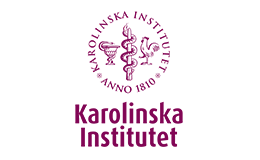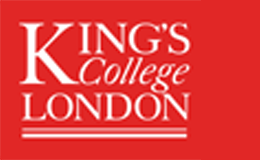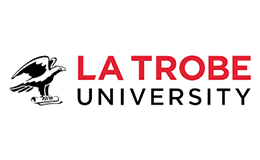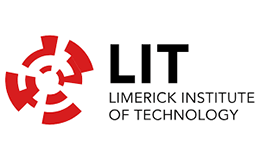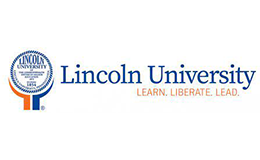Building Tomorrow's Cities: Urban Planning and Development Programs in the USA
Educating the Next Generation of Urban Experts

Building Tomorrow's Cities: Urban Planning and Development Programs in the USA
#Introduction:
Cities are the beating hearts of human civilization, where cultures collide, ideas converge, and dreams take shape amidst the hustle and bustle of urban life. However, the rapid pace of urbanization has brought with it a host of challenges, from traffic congestion and environmental degradation to social inequality and housing shortages. In the United States, urban planning and development programs play a crucial role in shaping the future of cities, offering innovative solutions to create more livable, sustainable, and equitable urban environments. This article delves into the multifaceted world of urban planning and development programs in the USA, exploring their significance in shaping the cities of tomorrow.
Learn More About US Urban Planning Programs
#Understanding Urban Planning:
At its core, urban planning is the art and science of designing, managing, and shaping the built environment to meet the needs of current and future generations. It encompasses a wide range of disciplines, including architecture, landscape architecture, transportation planning, environmental planning, and public policy. Urban planners work collaboratively with communities, government agencies, developers, and other stakeholders to envision and implement holistic strategies for urban growth and development.
Key Principles of Urban Planning:
Effective urban planning is guided by a set of key principles aimed at fostering sustainable, inclusive, and resilient cities. These principles include:
1. Sustainability: Sustainable urban planning seeks to minimize environmental impact, conserve natural resources, and promote energy efficiency through strategies such as smart growth, green building practices, and alternative transportation options.
2. Equity: Equity-centered urban planning aims to create cities that are accessible, affordable, and inclusive for all residents, regardless of socioeconomic status, race, or background. This involves addressing issues of social inequality, housing affordability, and access to essential services such as healthcare, education, and transportation.
3. Resilience: Resilient urban planning focuses on building cities that can withstand and recover from natural disasters, climate change, and other shocks and stresses. This involves integrating disaster preparedness, climate adaptation, and infrastructure resilience into urban design and development strategies.
4. Community Engagement: Community engagement is a cornerstone of effective urban planning, ensuring that residents have a voice in the decisions that affect their neighborhoods and quality of life. Engaging diverse stakeholders through public meetings, workshops, and participatory design processes fosters collaboration, transparency, and accountability in the planning process.
#Types of Urban Planning and Development Programs:
Urban planning and development programs in the USA encompass a diverse array of educational and professional opportunities for individuals interested in shaping the future of cities. These programs can be broadly categorized into academic degrees, professional certifications, and continuing education initiatives.
1. Academic Degrees: Academic degrees in urban planning and related fields provide students with a comprehensive understanding of urban theory, policy analysis, and spatial planning techniques. Programs may offer undergraduate degrees such as Bachelor of Urban Planning (BUP) or Bachelor of Science in Urban Studies (BSUS), as well as graduate degrees such as Master of Urban Planning (MUP) or Master of City and Regional Planning (MCRP). These programs typically cover a wide range of topics, including land use planning, transportation planning, housing policy, economic development, and urban design.
2. Professional Certifications: Professional certifications are valuable credentials for individuals seeking to advance their careers in urban planning and development. Organizations such as the American Planning Association (APA) offer certification programs such as the American Institute of Certified Planners (AICP), which recognizes planners who have met rigorous standards of education, experience, and ethical conduct. Other certifications may focus on specific areas of expertise, such as transportation planning, environmental planning, or historic preservation.
3. Continuing Education: Continuing education programs provide practicing planners and professionals with opportunities to stay abreast of emerging trends, best practices, and regulatory changes in the field of urban planning. These programs may include workshops, seminars, webinars, and online courses covering topics such as zoning regulations, urban design principles, community engagement strategies, and sustainable development practices.
Case Studies:
1. Portland, Oregon: Portland is renowned for its innovative approach to urban planning and sustainable development. The city has implemented policies such as urban growth boundaries, mixed-use zoning, and investment in public transportation to promote compact, walkable neighborhoods and reduce sprawl. Portland's commitment to sustainability has earned it accolades as one of the greenest cities in the USA, with initiatives such as bike-friendly infrastructure, green building incentives, and urban parks and green spaces.
2. New York City, New York: New York City is a global hub of urban innovation, known for its iconic skyline, diverse neighborhoods, and vibrant street life. The city has embraced initiatives such as Vision Zero, which aims to eliminate traffic fatalities and improve pedestrian safety through enhanced street design and traffic enforcement. New York City's ambitious development projects, such as the High Line and Hudson Yards, demonstrate how thoughtful urban planning can transform derelict infrastructure into vibrant public spaces and catalyze economic growth.
#Challenges and Opportunities:
While urban planning and development programs play a vital role in shaping the future of cities, they also face several challenges and opportunities in meeting the evolving needs of urban communities.
1. Climate Change: Climate change presents one of the most pressing challenges for urban planners, requiring innovative strategies to mitigate greenhouse gas emissions, adapt to rising sea levels, and build climate-resilient infrastructure. Urban planning programs have a crucial role to play in integrating climate change considerations into land use planning, transportation systems, and building design to create more resilient and sustainable cities.
2. Affordable Housing: The affordability crisis is a major concern for many cities, with skyrocketing housing costs and gentrification displacing low-income residents and communities of color. Urban planning programs can address this challenge by promoting policies such as inclusionary zoning, rent control, and affordable housing incentives to ensure that cities remain accessible and affordable for all residents.
#Conclusion:
In conclusion, urban planning and development programs in the USA are instrumental in shaping the cities of tomorrow, fostering sustainable, inclusive, and resilient urban environments for future generations. By equipping students and professionals with the knowledge, skills, and tools needed to address the complex challenges facing cities, these programs are paving the way for a more livable, equitable, and vibrant urban future. As cities continue to evolve and grow, the role of urban planning in shaping their destiny will only become more critical, underscoring the importance of investing in education, innovation, and collaboration to build better cities for all.




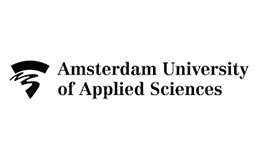

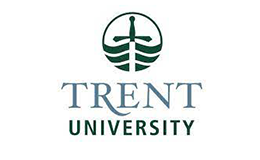
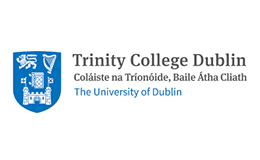
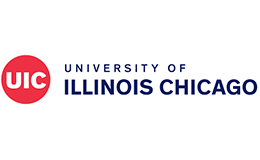

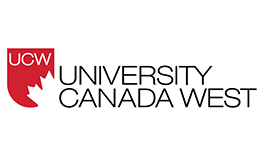
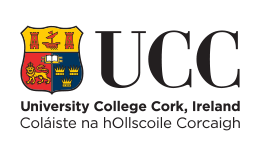
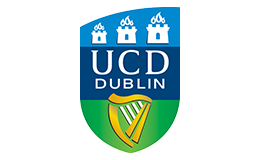
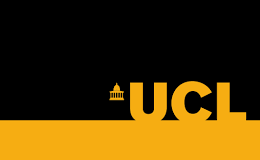

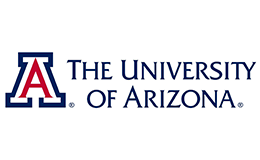
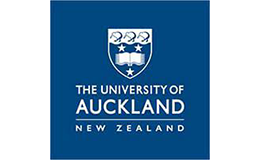

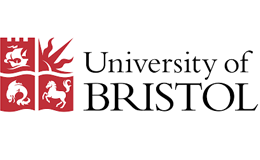
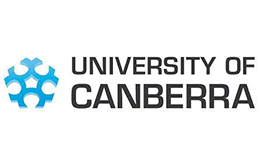
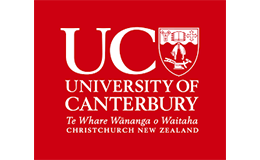
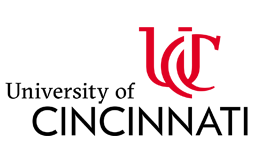
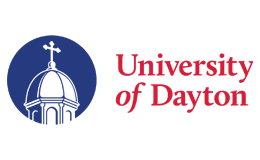
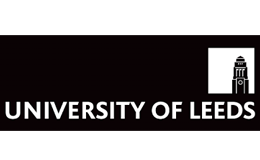

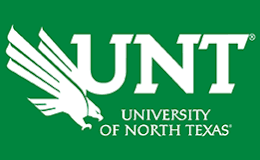
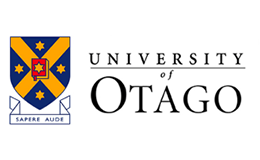

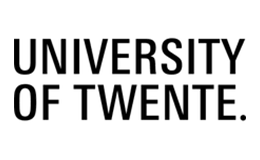
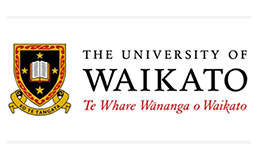
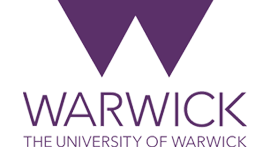
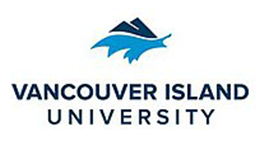
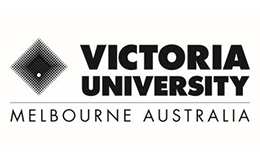
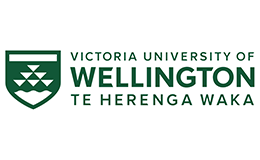
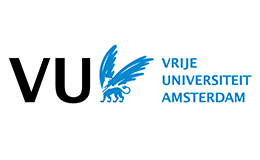
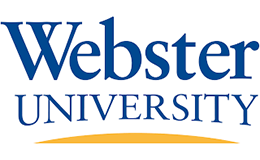
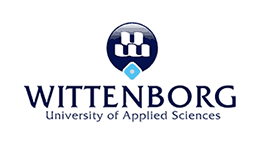
.png)
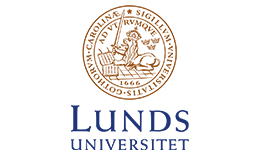
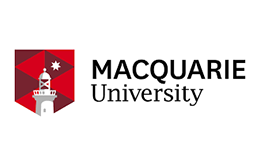
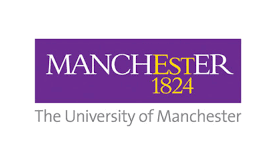

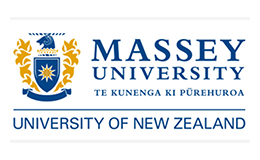
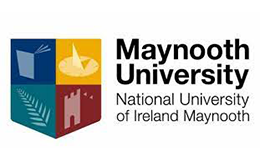

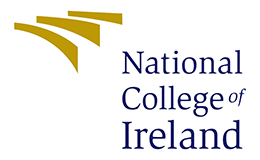
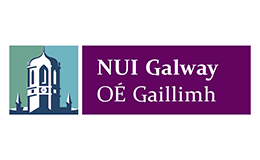
.png)

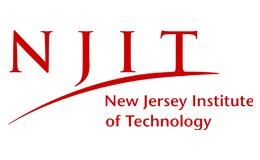
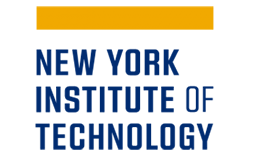
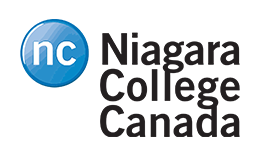
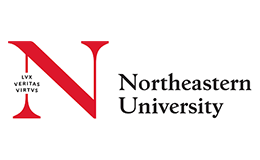

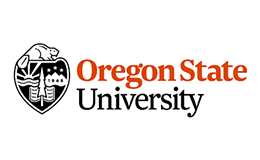

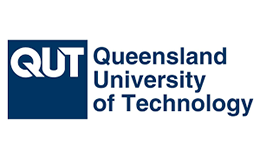





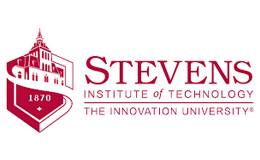


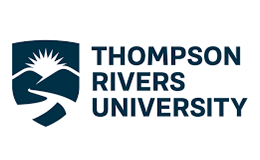
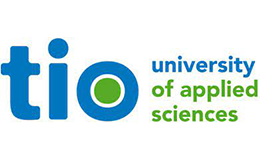
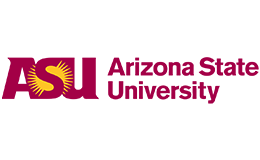

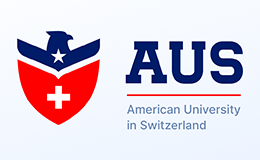


.png)


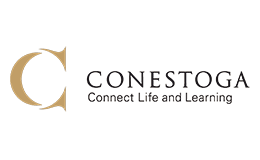

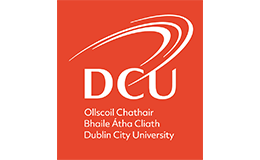
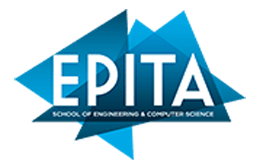
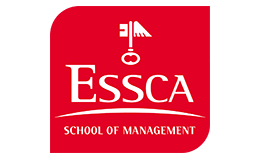


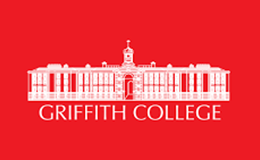
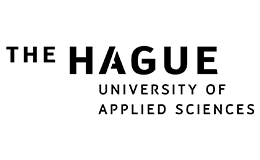


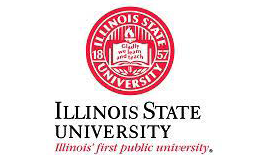

.png)

